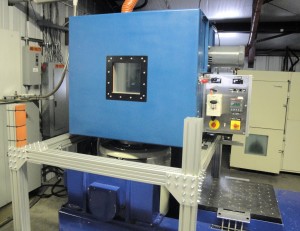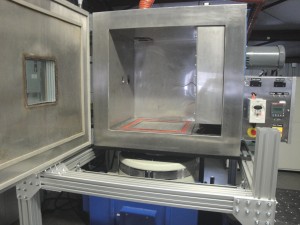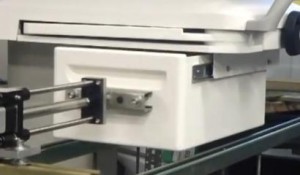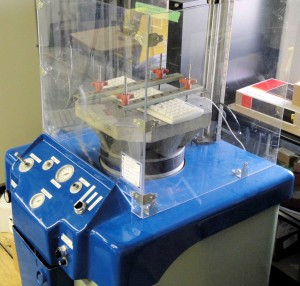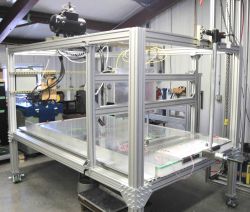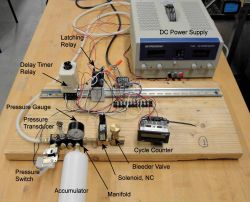
A leading medical technology company contracted DES to perform Product Reliability Testing of a carrying handle. A sample of the test can be seen below and in our video library. The carrying handle had to be pulled, released, rotated and subjected to a sizable lifting force, approximately 20,000 times during its life time.
DES has considerable capability to complete product reliability testing. The main challenge for this project was that each cycle consisted of complex motion. The motion included pulling/releasing the handle to unlatch/latch a pin while rotating the handle. In order to achieve this, DES had to design fixtures and mechanisms that would reposition the carrying handle into each of the designated positions. The number of cycles was automatically counted until failure or 20,000 cycles were completed. During the test, the force to pull the handle was measured at various intervals. The Accelerated Life Testing was completed successfully demonstrating a high reliability.
Please visit our video library to see more examples of DES’s capabilities.
